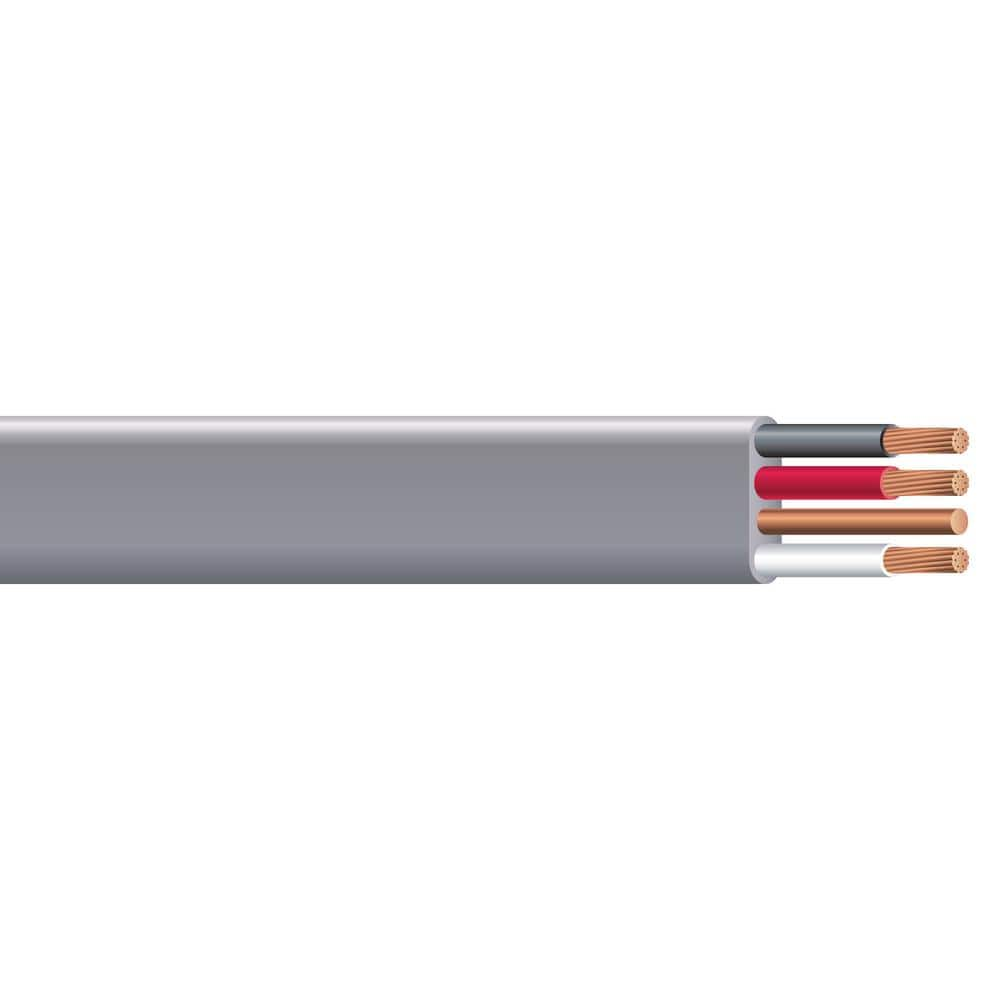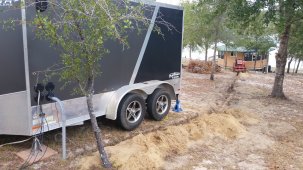Will be running underground rated wire from Grid tie Inverter to main distribution box. We'd need a 4-strand (2 loads, 1 neutral and 1 ground).
What is this wire called?
Also, could the ground wire be of a thinner gauge then the 240v wiring? If so, we'd need a 3-strand wire and run seperate, smaller guage ground
What is this wire called?
Also, could the ground wire be of a thinner gauge then the 240v wiring? If so, we'd need a 3-strand wire and run seperate, smaller guage ground





